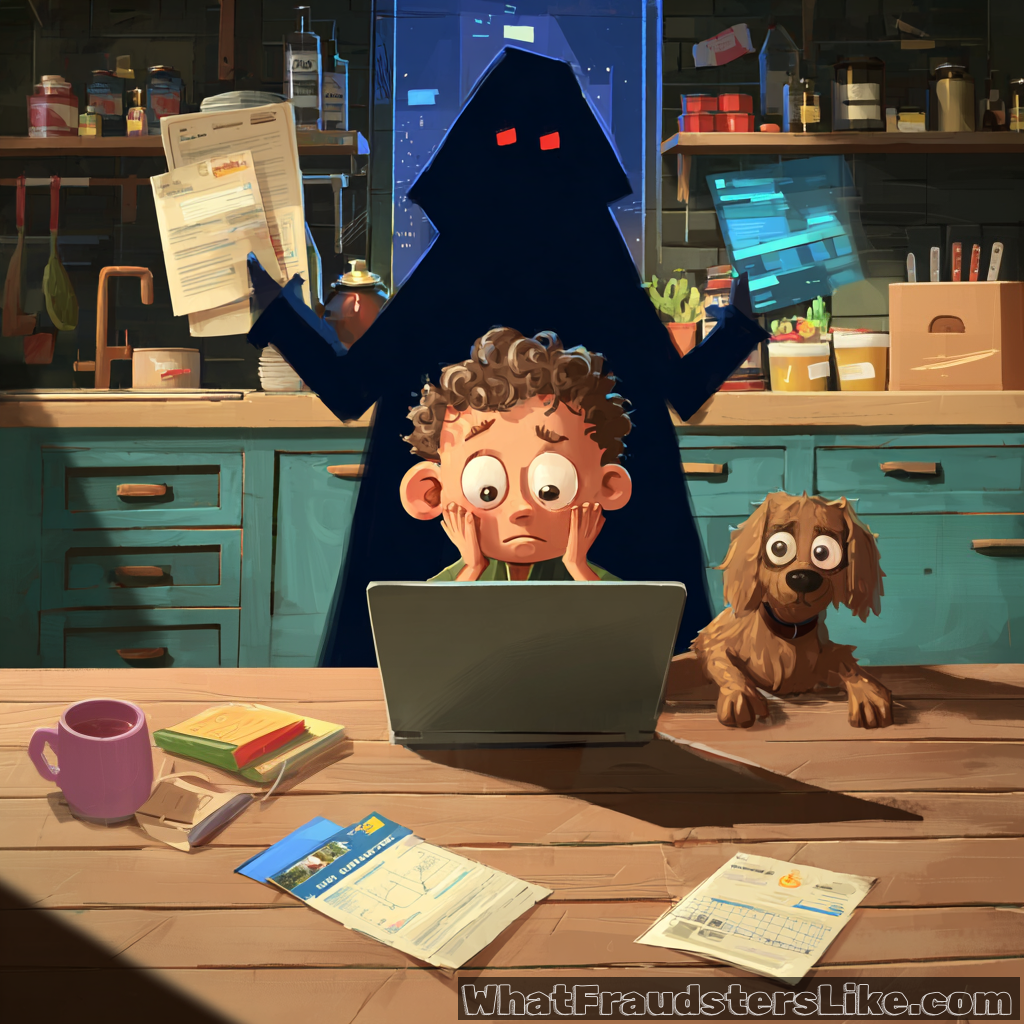Why storm the head office when the CFO's kitchen table is open 24 / 7?
If you are an employee, working on the sofa makes you an easier mark:
🔌 Default home-router passwords let crooks piggyback into the company network.
📱 Family gadgets on the same Wi-Fi expand the possible way of attack.
☁️ Slow corporate share? Staff drag files to the personal cloud or a USB and forget them there.
📧 No hallway double-check means fake payment emails sail through.
🎥 Webcams (and always-listening assistants) can spill whiteboards, ID cards, and entire meetings.
As an employer, your security headaches include:
🖥️ Laptops that miss patches become roaming vulnerabilities.
🔓 VPN portals are single points of failure under constant brute-force.
☁️ Unapproved cloud tools scatter data beyond monitoring.
🎭 State-backed imposters slip into remote roles via hired laptop farms and AI-polished resumes.
🌍 Data that lands in the wrong jurisdiction risks six-figure privacy fines.
IBM's 2024 breach report shows breaches involving a remote workforce cost organizations nearly $186K more than average![ref]
Keep the crooks off the couch
🚨 Employees: harden the router, give work devices their own Wi-Fi (or separate network), enable MFA everywhere, and call before approving any big request.
🚨 Employers: vet remote hires, push managed zero-trust endpoints, monitor data flows for residency breaches, and audit remote laptops like a teenager's fridge – before it spoils.
